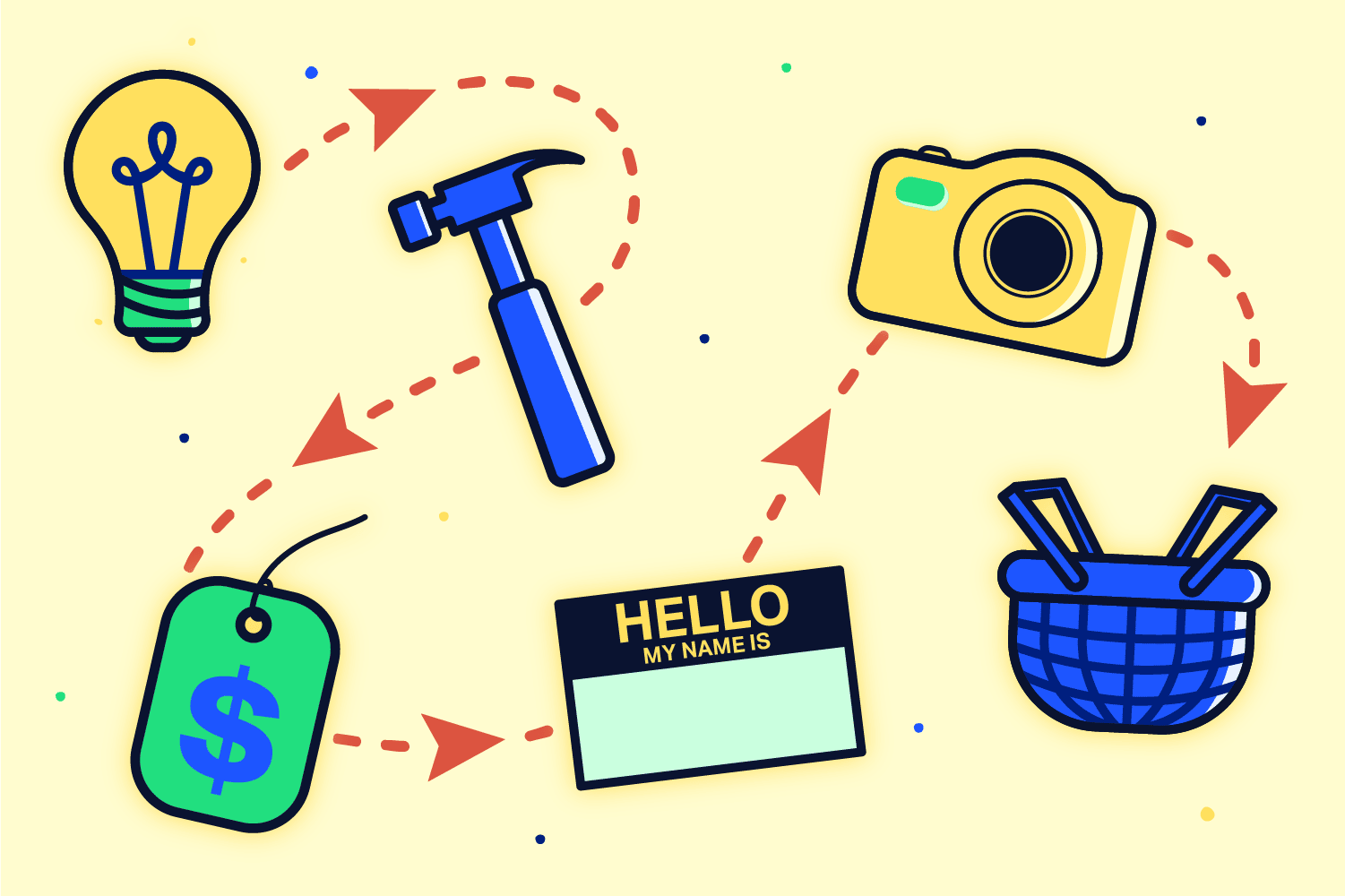Managing product information, assets and the entire lifecycle of a product has become increasingly complex for e-commerce retailers. To stay competitive and streamline their operations, many retailers are turning to tools such as Product Lifecycle Manager (PLM), Product Information Manager (PIM), and Digital Asset Manager (DAM). While each of these tools serve a different purpose, they work together to provide a comprehensive solution for managing product information and assets. In this article, we will take a closer look at each tool, discuss how they work together, and explore the benefits they can provide to e-commerce retailers.
Table of contents
A Product Lifecycle Manager (PLM)
is a tool that manages the entire lifecycle of a product, from concept to retirement. PLMs allow retailers to streamline their product development process, improve collaboration among stakeholders, and ensure that all relevant information is easily accessible. This can help retailers bring new products to market faster, improve the quality of existing products, and reduce costs associated with product development.
A Product Information Manager (PIM)
is a software solution designed to centralize and organize product information, such as product descriptions, pricing, and images. PIMs allow retailers to easily manage and update product information, ensuring that it is accurate and consistent across all channels. This can save retailers time and resources, as well as improve the customer experience by providing accurate and up-to-date information. PIMs also allow retailers to easily create and manage product information in multiple languages and currencies, making it easy to expand into new markets.
A Digital Asset Manager (DAM)
is a tool used to store, organize, and manage digital assets, such as images, videos, and documents. This allows retailers to easily access and share digital assets, such as product images, with other stakeholders. This can improve the customer experience by providing high-quality images and videos, and can also save retailers time and resources by making it easy to find and use the right assets.
A Product to Consumer (P2C)
is a tool like a feed manager that retailers can use to promote and sell their products on different online platforms, such as marketplaces and social media. These tools enable retailers to create and manage product feeds that contain detailed information about their products, such as images, descriptions, prices, and availability. These feeds are then used to automatically populate product listings on various platforms, such as Amazon, Google Shopping, and Facebook. Product feed managers make it easy for retailers to list and sell their products on multiple platforms, and serve as a cost-effective way to reach a wider audience and increase sales.
When used together, PIM, PLM, and DAM provide a comprehensive solution for managing product information and assets. For example, a retailer can use a PIM to manage product information, a PLM to manage the product development process and a DAM to manage digital assets. This can help to ensure that all product information and assets are accurate, up-to-date, and consistent across all channels.
E-commerce retailers should adopt and apply these tools for many reasons. One of the main benefits of using these tools is the ability to improve the overall customer experience. This can lead to increased sales and customer loyalty. These tools also assist retailers by streamlining their operations, reducing costs, and bringing new products to market faster.
One of ZAMARTZ’s favorite PLM => PIM => DAM => P2C solutions is a combination of:
- DeSL PLM, https://www.desl.net/
- Lets Flo PIM, https://letsflo.co/
- Widen DAM, https://www.widen.com/
- Productsup P2C, https://www.productsup.com/
A Product Lifecycle Manager (PLM), Product Information Manager (PIM), Digital Asset Manager (DAM), and Product To Consumer (P2C) are essential tools for e-commerce retailers to manage and organize product information and assets. Each tool serves a different purpose and can provide unique benefits to retailers. By using these tools together, retailers can ensure that all product information and assets are accurate, up-to-date, and consistent across all channels, which can improve the customer experience, streamline operations and increase sales.


Leave a Reply
You must be logged in to post a comment.